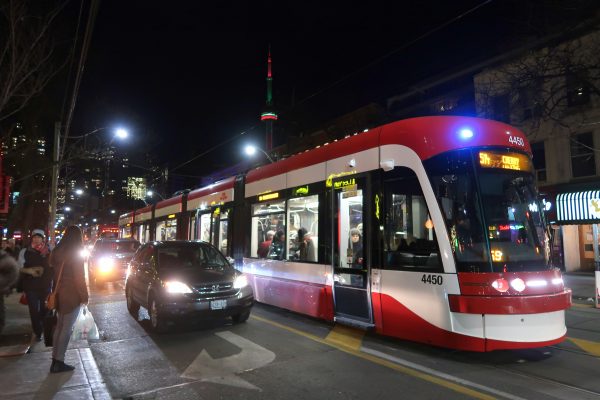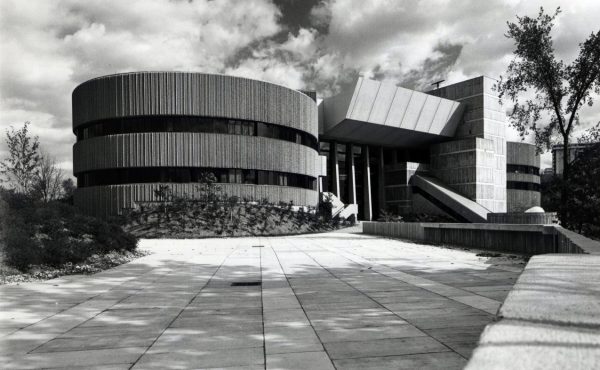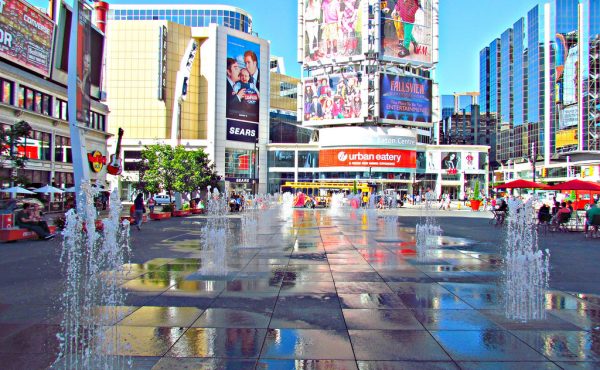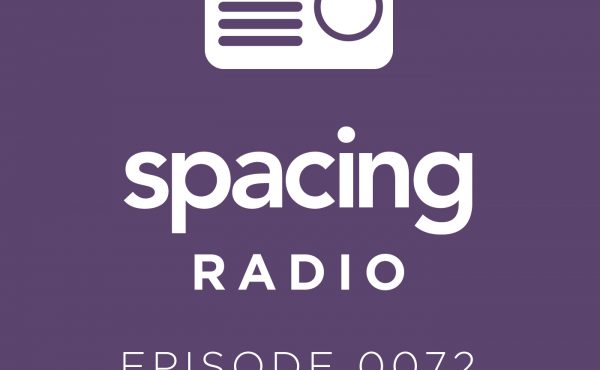It’s five months today — July 12 — since Olivia Chow was sworn in as mayor and I think it’s safe to say she has delivered the goods by cutting a multi-billion funding deal with Queen’s Park that sets the stage for the annual budget drama that begins after New Year’s.
There have also been several other substantial wins — on housing, bike lanes, CafeTO, to name a few. But I’d argue that Chow now has to spend some of her considerable political capital on a fix that will be both contentious and transformative: a genuinely permanent, which is to say physical, solution to the King Street bottleneck.
Everyone who pays attention to such matters knows the narrative: after the closely watched pilot, council made the King Street transit priority corridor permanent, just in time for the pandemic. As bodies returned to the core, the city essentially gave up enforcing the traffic rules in the corridor, and now we’re back to molasses — or at least, such was the case until a few news features and viral social media posts shamed the police into actually doing their jobs and ticketing drivers instead of streetcar operators.
We now need to say this out loud, and often: if the city wants the King 504 to do its job, then council has to come to terms with the reality that street signs and traffic cops will never provide a sustainable solution. We can pretend, of course, but magical thinking won’t solve this problem in the long run or the medium run, and maybe not even the short run. It just won’t.
Here’s the part where I want a new bike-riding mayor to actually take a page from places like New York and Paris and Madrid and all the other cities that made a leap of faith by physically banning cars from certain downtown streets.
Some cities, like Madrid and New York, began this process before the pandemic, while others, like Paris, found religion during the lockdowns. The `when’ is less important than the `why,’ which is that some downtown streets and areas can function perfectly well without cars, and to pretend otherwise is simply defending an utterly indefensible status quo.
The reluctance with which Toronto closes streets could make one believe that removing so much as a city block from the grid will cause the whole enterprise to collapse in on itself, like a house of cards. The list of streets that have been shut in the past few decades is ridiculously short: Gould, in the middle of the TMU campus, a piece of Wilcocks Street, on U of T’s St George campus, a few bits of side street given over to the interminable Crosstown construction, etc.
The John Street arts corridor? Don’t wait up. The Yonge Street pedestrian corridor? Same. The transportation services bureaucrats can kick the ball a very long way down the road by insisting such projects only happen when the street is rebuilt, once every few decades.
There’s an unlikely addition to this brief list, however, which is the stretch of Queen between Victoria and Bay, clamped up, along with James St., completely because of the Ontario Line construction. For reasons that are unnecessary to revisit here, the city had no choice but to close that stretch in response to provincial edicts, and so we were spared the usual foreplay.
That segment will be out of commission for at least a decade, and we can ask whether it makes any sense at all to re-open it to cars once the construction has been completed. After all, the people who did drive those few blocks have already found other routes, so why in the world would the city invite them back several years hence? Induced congestion, lest anyone forget, works in reverse, too.
What about doing the same thing with King through the core, except without the construction hoardings? Keep the streetcar line, add generous bike lanes, widen the sidewalk. But physically banish cars and taxis and delivery vehicles, who have access to off-King service entrances anyway. Why not?
In fact, why even ask the question? I don’t want to argue against a certain amount of technical analysis, but there is now an abundance of evidence, in once congested cities the world over, that closing down streets will not cause the sky to fall. And, of course, such moves produce all sorts of other benefits, from transit efficiency to public space, etc.
When Michael Bloomberg was the mayor of New York, he gave his transportation commissioner Janette Sadik-Khan all sorts of latitude to make abrupt and dramatic changes to the clogged up Manhattan street grid, beginning with her famous move to permanently close off large swaths of the road allowance in Times Square and replace it with tables and chairs.
While Sadik-Khan is long gone, this project has continued to expand across New York, and now includes an impressively ambitious bike lane network. The moral of that story is that the city made these changes without analysis-paralysis, which is Toronto’s stock in trade.
As the old saying about addiction goes, the first thing to do is admit you have a problem. The problem, on King, is that the intricate traffic rules compromise worked out during the pilot project — at a time when the mayor was a man whose friends owned or managed some of those office buildings along King — just doesn’t work. Yes, if we put cops out on the corners, drivers may temporarily stop flaunting the rules. But we live in a city where many drivers have come to regard traffic laws as little more than suggestions.
Chow, thanks to the provincial Tories’ strong mayor powers, has far more executive authority than her predecessor. If she wanted, she could pull the plug on the King Street transit priority corridor and move instead to ban all cars from one end of the core to the other.
What could go wrong? After all, we know all too well how the alternative worked out.






3 comments
Toronto treats the 100+ people onboard a streetcar as being equal to the single-occupant automobile. That has to change.
And someone did the work to show how parking access can easily be addressed if we make downtown King carless (in sum – two short one-way bits for cars at each end). https://twitter.com/georgebell/status/1730533746229531076
Street car routes, bike lanes. lighting, communications, electrical, water, and other public infrastructure assets need to be maintained with vehicles.